What is Level 3 Charging?
Answer: Level 3 charging is one level higher than level 2 charging. Level 2 Charging is AC while level 3 is DC.
Right?
Wrong.
According to the SAE, level 3 charging doesn’t imply DC. It can be either AC or DC.
“Levels” are indicative of the charging power. The higher the level the higher the power whether it is AC or DC.
Most people refer to AC EVSE’s (Electric Vehicle Service equipment) as “chargers” but technically they are not chargers.
The charger is actually onboard the vehicle. The onboard vehicle charger converts AC current to DC current since electric vehicle batteries are DC. The EVSE is the little box on the wall of your garage (generally 240 volts), or the portable unit that lives in the trunk of your car (generally 120 volts).
These EVSEs are an intermediary between your vehicle and the outlet in your home. The EVSE “talks” to your car and determines things such as what the maximum charging power the car will take and whether there is proper grounding.
Getting back to charging levels, there are no SAE level 3 charging specifications defined. Level 3 is TBD (to be determined).
The following SAE chart is a great reference for the details of all the different AC and DC charging levels.
The maximum power level for each level is summarized in the following chart.
AC chargers generally use household AC power (either 120 volt or 240 volt). Level 1 AC is 120 volt and level 2 is 240 volt. The maximum power you can get with a level 1 charger is 1.9 kilowatts. That is the power you will get from your portable 120-volt AC EVSE. It is set by the maximum current available out of a 20 amp 120-volt wall outlet.
Stepping up to level 2 AC charging, we are at 240 volts and a maximum of 19.4 kW which corresponds to 80 amps. Most plug-in hybrids will accept level 1 or level 2 AC – not level 3.
The Chevy Volt’s AC on-board charger is 3.3 kW level 2. The Chevy Spark EV’s level 2 charger is also 3.3 kW while the Nissan Leaf is 6.6 kW. Note that these vehicles are not pushing to the high end of level 2. The high end of AC Level 2 (19.2 kW) is usually for a pure battery electric vehicle like a Tesla.
There is a level 3 AC category that would be higher than the level 2 maximum of 19.2 kW but this category is currently undefined.
DC chargers do not reside in the vehicle as AC chargers do. The charger is contained in the large cabinet to which the charging cord is attached. Level 1 DC goes to a maximum of 36 kW. Level 2 DC goes to a maximum of 90 kW.
Currently, level 2 DC is the highest level defined by SAE specification at 90 kW. Anything higher than 90 kW falls into level 3 which is TBD. However, the preliminary upper limit is 240 kW.
That’s a lot of power.
What vehicles have the highest charging power capability?
Tesla holds the lead in high power charging at 120 kw. However some of the earlier Tesla Model S cars can only take around 90-100 kw. These are known as “a” battery cars. Model S examples that can take the full 120 kw are “b” battery cars. The “a” and “b” ratings can be found on the battery pack behind the front wheel of the car (take note also if you are planning to buy a used one).
Tesla’s lead in high power charging is being challenged however. Audi has announced 150-kw charging and aligned itself with some other German manufacturers to install a super charging network in the United States. The group is called the “Charging Interface Initiative Association” (CharIN).
Audi has announced the e-tron Quatro concept that will enter production in 2018. This will be Audi’s Tesla competitor with high power all electric front and rear wheel motors, competitive range with the Tesla, acceleration competitive with Tesla, and interior room of an SUV.
Become an AutoGuide insider. Get the latest from the automotive world first by subscribing to our newsletter here.
More by AutoGuide.com Staff



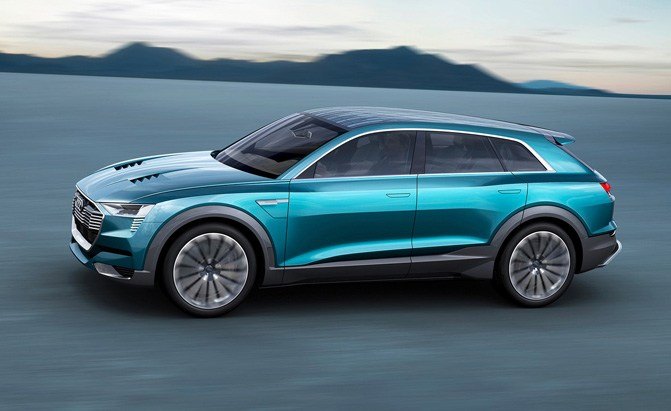



















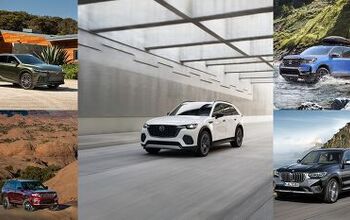
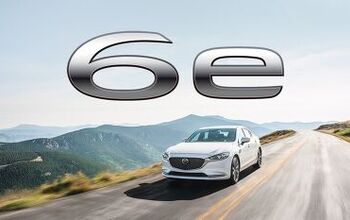
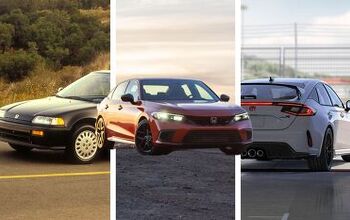


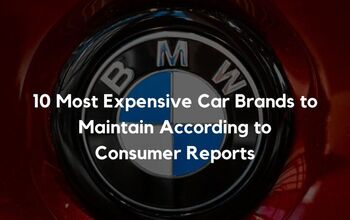
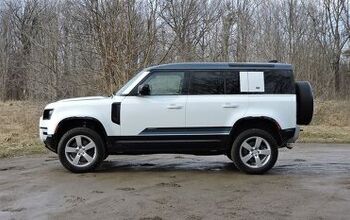

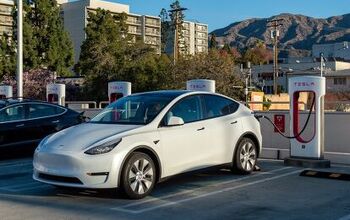




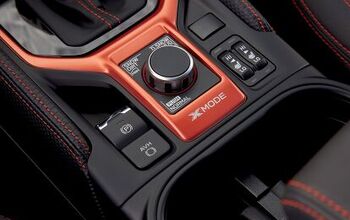

Comments
Join the conversation